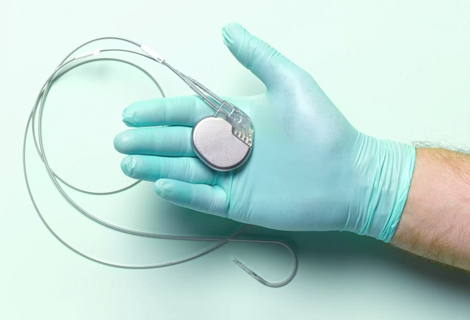Stenting and Angioplasty for Coronary Artery Disease
What are Coronary Angioplasty and Stenting?
Angioplasty and stenting are procedures to treat narrowed or blocked coronary arteries that are affected by coronary artery disease. Angioplasty opens the blocked blood vessel without open-heart surgery. It is done by inserting a catheter with a small balloon at the tip and inflating it at the area of blockage, thereby allowing blood to flow to the heart.
Coronary stents are often combined with an angioplasty procedure as it helps keep the narrowed artery open and decrease the risk of it contracting again. Stents are small, expandable metal mesh tubes inserted along with angioplasty. It expands when the balloon is inflated and lines with the tissue within 3 to 12 months.
What is the need for it?
With time, many people can develop plaques in the coronary arteries, restricting blood flow. The plaque that is made of fatty substances narrows and hardens the arteries, which leads to a coronary artery disease called atherosclerosis.
As the blood flow is restricted, the patient will experience chest pain or angina, which in mild cases is treated with medication. But where medicine seems ineffective, a coronary angioplasty may be the treatment option for you.
Angioplasty is not for everyone depending on the severity. Under your physician’s suggestion, the procedure is done if you have:
-
Already tried lifestyle changes and medication, but there has been no improvement in your heart health
-
Escalating chest pain of angina
-
A heart attack
Angioplasty is often combined with stenting right after a heart attack and can be a life saver. As angioplasty restores the blood flow in the arteries, stenting assists in improving the blood flow and prevents any further damage.
What are the risks of Coronary Angioplasty and Stenting?
The possible risks of angioplasty and stenting include:
-
Bleeding
-
Blood clots
-
Re-narrowing of the arteries
-
Irregular heartbeat
Other rare complications include:
-
Heart attack
-
Stroke
-
Kidney problems
-
Excessive bleeding
-
Abnormal heart rhythms
-
Forming of scar tissue within the stent
-
Allergic reaction to the medication of material used
Angioplasty is less invasive than bypass surgery, but there are certain risks. Not everyone is eligible to undergo the procedure, and that depends on factors such as:
-
The number of arteries that are blocked
-
The fragility of the heart muscles
-
If you have diabetes
-
The age and general health of the patient
How to prepare for the procedure?
Talk to your physician about your concerns, the medication you are taking, and the allergies you have. Some of the preparatory processes that you must follow under the physician's instruction include:
-
Adjust or stop certain medications like aspirin, blood thinners, etc.
-
Refrain from eating and drinking six to eight hours prior to the procedure
-
You may also need an angiogram before the angioplasty to see inside the arteries and look at the area of blockages
-
Tell your provider if you have a pacemaker or other implantable devices
-
Make sure to discuss the medicines you take with your physician



